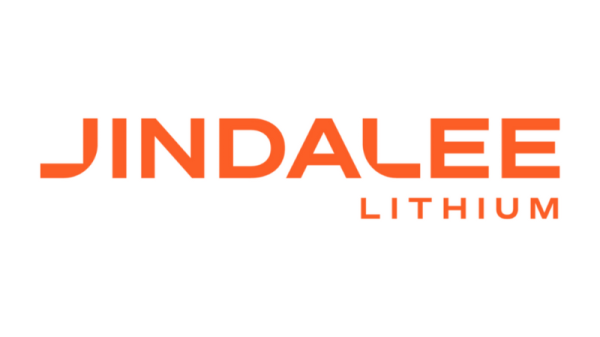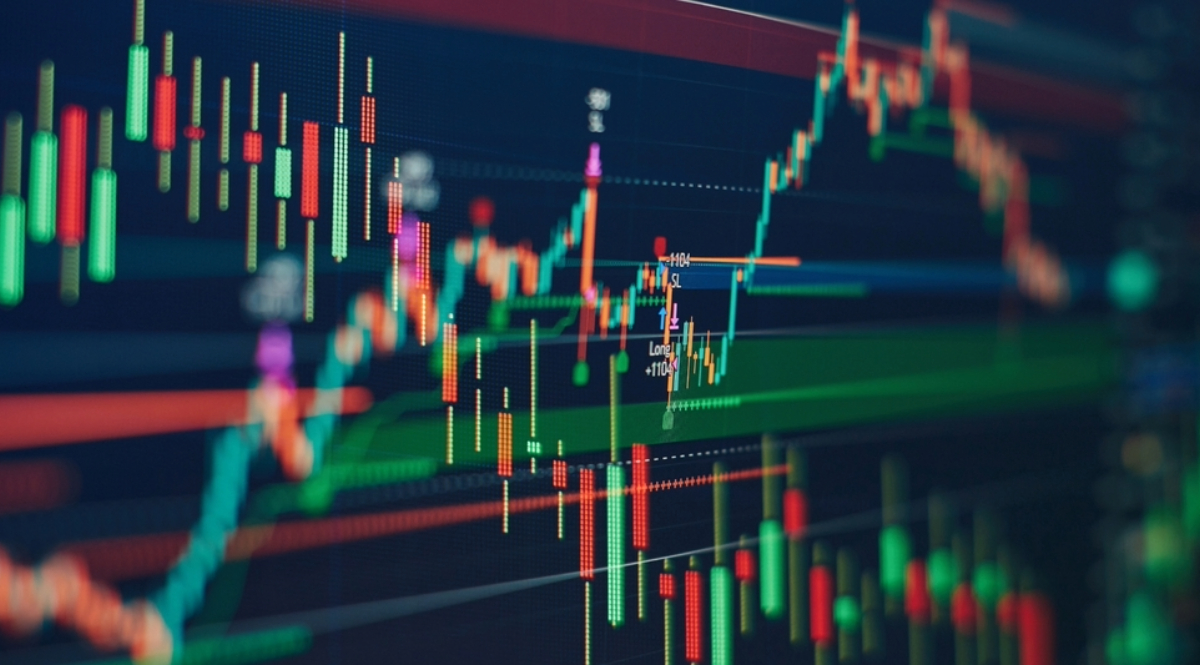Liquidity Grabs: How Traders Can Avoid Market Manipulation
Liquidity grab in the context of trading typically refer to aggressive trading strategies that exploit or manipulate liquidity in financial markets. These strategies can involve rapidly buying or selling large quantities of assets with the intent of causing price movements that benefit the trader but can be detrimental to other market participants.
To avoid market manipulation and maintain fair and orderly markets, regulators and exchanges have established rules and guidelines. Here are some ways traders can avoid engaging in market manipulation:
Understand market regulations: Traders should have a solid understanding of the rules and regulations governing the financial markets they are trading in. Different markets have different rules, and it’s essential to comply with them to avoid manipulation.
Avoid excessive orders: Traders should avoid placing a large number of orders or executing trades in quick succession if their primary intent is to disrupt market activity. Excessive trading activity can be considered manipulative.
Use limit orders: When placing orders, traders can use limit orders rather than market orders. Limit orders specify the price at which a trader is willing to buy or sell an asset, ensuring that trades are executed at a predetermined price rather than the current market price. Market orders can contribute to excessive price volatility.
Trade responsibly
Traders should have a legitimate trading strategy and trade responsibly within the parameters of their strategy. Avoiding erratic trading behaviour can help maintain market integrity.
Avoid spoofing: Spoofing involves placing large orders with the intent of cancelling them before they are executed. Traders should avoid engaging in spoofing, as it is illegal in many markets and can lead to severe penalties.
Use dark pools wisely: Dark pools are alternative trading platforms that allow large trades to be executed away from public exchanges. While dark pools can provide anonymity, traders should use them responsibly and not engage in manipulative practices.
Market surveillance tools: Many exchanges and trading platforms employ advanced surveillance tools to detect manipulative behaviour. Traders should be aware that their trading activity may be monitored, and any suspicious activity can lead to investigations and penalties.
Stay informed: Traders should stay informed about market developments, news, and events that can impact asset prices. Having a well-informed trading strategy can help avoid engaging in manipulative behavior.
Compliance with laws: Traders should comply with all relevant securities laws and regulations in their jurisdiction. Ignorance of the law is not a valid defense, so traders should seek legal advice if they have any doubts about their trading practices.
Ethical trading: Traders should uphold ethical standards and principles in their trading activities. Manipulating markets not only carries legal and regulatory risks but also reputational risks.
Liquidity grab indicator
It is vital to understand the role of a liquidity grab indicator.
A liquidity grab indicator is a tool used by traders and investors to assess the degree of liquidity in a particular financial market or asset. This indicator helps market participants gauge the ease with which an asset can be bought or sold without significantly affecting its price.
Here’s a brief overview of what a liquidity grab indicator might entail:
A liquidity grab indicator typically includes several key components:
Bid-ask spread: One fundamental aspect of liquidity is the bid-ask spread, which represents the difference between the highest price a buyer is willing to pay (the bid) and the lowest price a seller is asking for (the ask). A narrower spread often indicates higher liquidity.
Trading volume: Liquidity indicators consider trading volume, which measures the number of shares or contracts traded over a specific period. Higher trading volume generally indicates better liquidity.
Order book depth: This component analyzes the depth of the order book, showing the quantity of buy and sell orders at different price levels. A deeper order book suggests more liquidity.
Market impact: Liquidity grab indicators may assess how a large trade size affects the asset’s price. A high degree of market impact implies lower liquidity, as large trades can move prices significantly.
Time and sales data
Monitoring the time and sales data, which records every individual trade executed in the market, can help gauge liquidity dynamics in real-time.
Historical liquidity trends: Analyzing past liquidity patterns and how they evolve over time can provide valuable insights into market behavior.
Traders and investors use these indicators to make informed decisions about entering or exiting positions. High liquidity is generally preferred because it typically means lower transaction costs and reduced risk of price manipulation. Conversely, low liquidity can result in wider spreads and higher trading costs.
Ultimately, responsible trading practices and adherence to market regulations are essential for avoiding market manipulation and contributing to the integrity and fairness of financial markets. Traders should seek guidance from legal and compliance professionals if they have questions about their trading strategies or practices.
The post Liquidity Grabs: How Traders Can Avoid Market Manipulation appeared first on FinanceBrokerage.


































